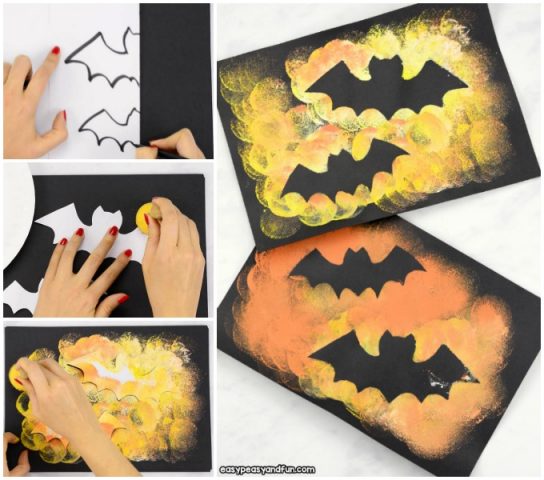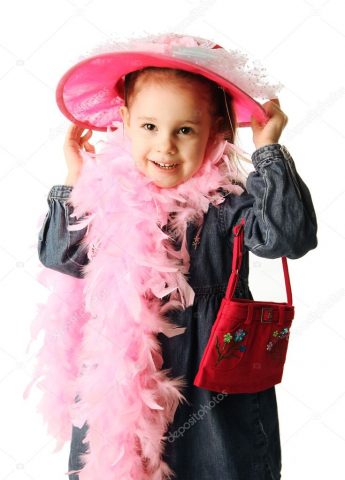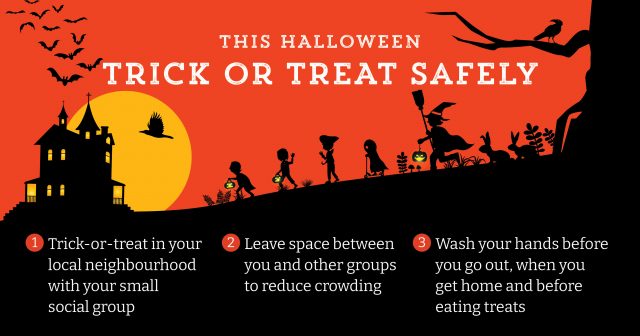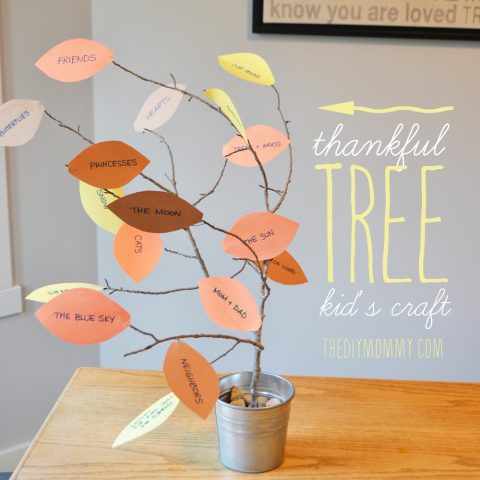It is not unusual to find that the play of young children can be very repetitive.
It can be pretty hard to read exactly the same story, to repeat the same nursery rhyme over and over and over again. To do the same activity you did last week, and the week before, and the week before that.
But there is a reason why children in the early years love repetition so much. It is more than just doing the same thing twice. What seems to you like a dry, repetitive activity is a world of new learning and the comforting embrace of something familiar to a child faced with a world that is anything but.
Young children are surrounded by things they don’t understand.
That means their daily lives can be a melting pot of confusion and uncertainty.
So while older children may search for novelty, it makes sense that children in their early years search for understanding and predictability.
Repetition is valuable because each time they experience something the knowledge becomes more secure and their feeling of self-worth increases.
Remember that repetition is not a repeated experience but something that gives them a new level of understanding each and every time.
Think back to when you learned to ride a bike, drive a car or play a new sport. First, you needed to learn the essential skills. Then it was all about practice and more practice until you increased your confidence, improved your speed and became skilled.
The next time your little one asks you to read a book yet again, watch the same circle time on the Strongstart blog or wants to play the same game over and over, remind yourself that it’s a good thing! It’s good because repetition provides the practice that children need to master new skills. Repetition helps to improve speed, increases confidence, and strengthens the connections in the brain that help children learn.
Repetition is not just the same thing twice.
Infants
You can foster repetition for your infant by making everyday activities “teachable moments.” Babies learn so much during daily routines like diapering, feeding and bath time. These are great times to talk with your little one, sing songs and play games.
Try new activities from the blog or adapt the ones that are favorites of your baby. For example, you might give your baby some everyday items instead of toys. A wooden spoon, a set of plastic bowls or a cardboard paper towel tube can entertain your little one and give her repeated practice in holding, nesting, stacking and many other skills that can only be perfected through repeated practice.
Toddlers
Toddlers really love to repeat actions over and over again. If you begin to get impatient, try to remember that your toddler’s brain connections are being strengthened through this repetition!
When you find an activity that your toddler really loves, follow your little one’s lead and let him do it over and over again. You might offer suggestions to add a new twist to the activity.
Preschoolers
Preschoolers are ready for more advanced skills and can benefit from some added challenge. If your child really enjoys an activity, let him repeat it multiple times. Repetition is the key to learning. Mastering a new skill gives them a lot of confidence and even motivates them for future challenges.
Play. Learn. Repeat. That’s what it’s all about.
Now let’s repeat some of our favorite Nursery Rhymes and Songs with teacher Maria.








